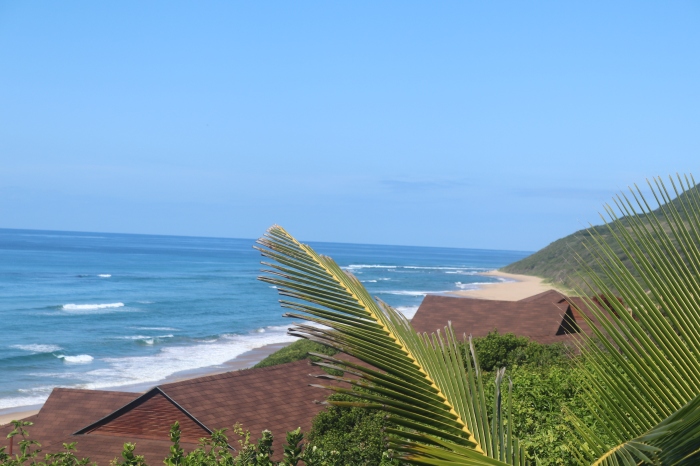
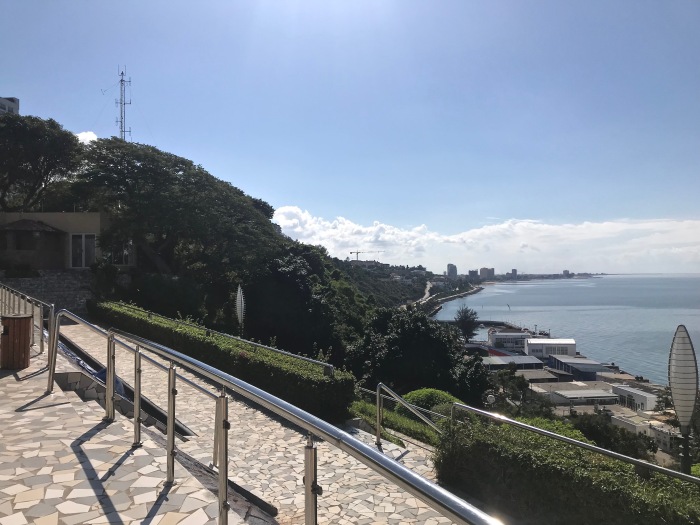
Of all the countries along the eastern seaboard of southern Africa, beside the Indian Ocean, Mozambique is perhaps the least known, and that is a pity. Traveling there is probably best known for the Bazaruto archipelago, a refined and costly journey, but this is a country emerging from a difficult past with wonderful places to see, people to meet and nature to enjoy.
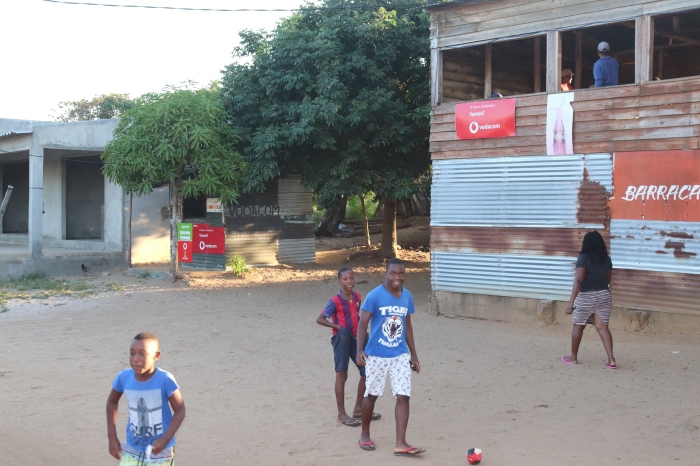
Its long history of Portuguese influence is found in the language, most speak Portuguese, and especially the food, which is magnificent, bolstered by the wonderful seafood from the Indian Ocean. Eat barbecued Mozambican prawns on the beach fresh from the ocean for a very special flavor.
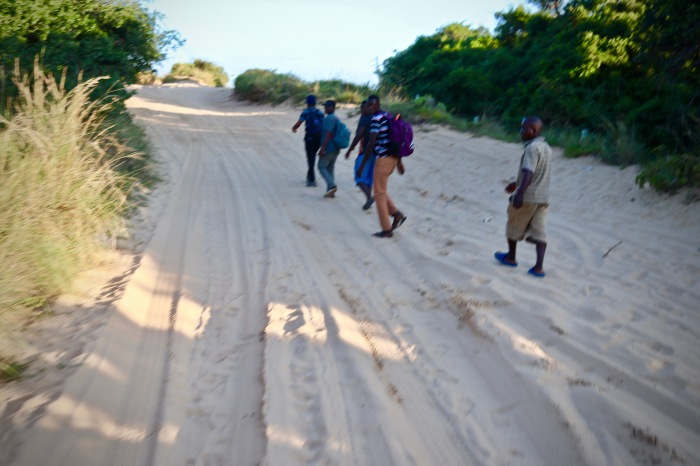
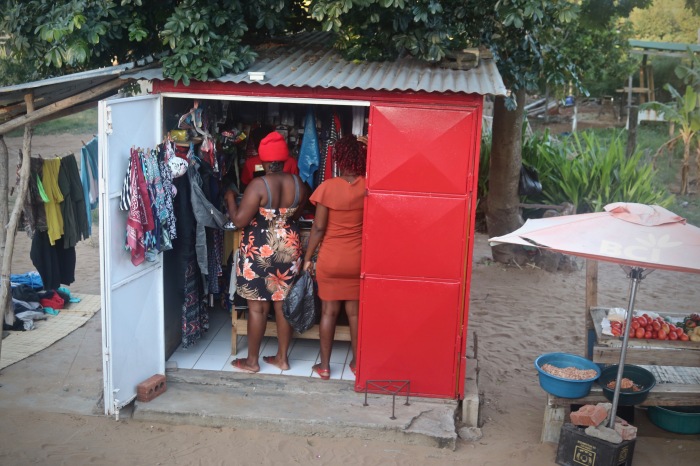
Ponta Do Oro, south of the capital Maputo just north of the South African border is a great place to start to experience Mozambique. It used to be quite inaccessible but a great new road from the capital is opening the area but it is still very unspoiled. It is home to some of the most pristine beaches in that part of the country and shares a mixture of unspoiled beauty and “real” Mozambique.

Mozambicans are friendly, welcoming, and hospitable. They love to sing dance and enjoy life while at the same time being keen to welcome the visitor and be part of the opening and development of the country.
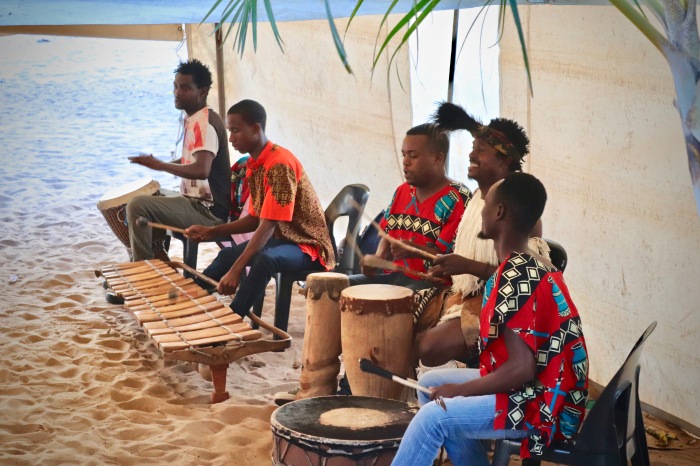

A wedding in Mozambique is a typical occasion when people settle to enjoy not just the occasion but each other, the music the food and the ambiance and to have a memorable moment in life.
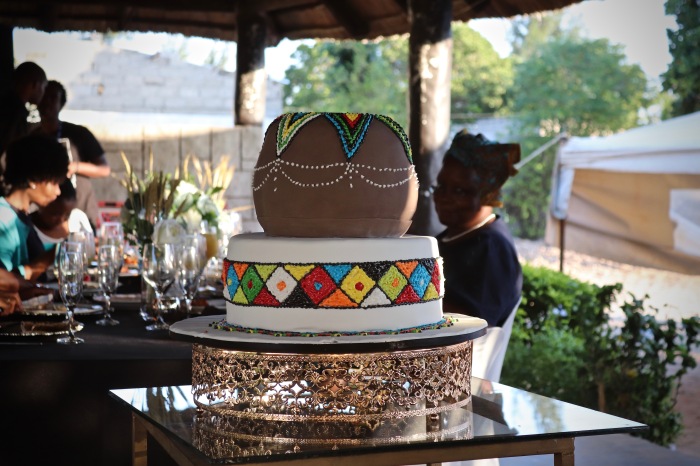
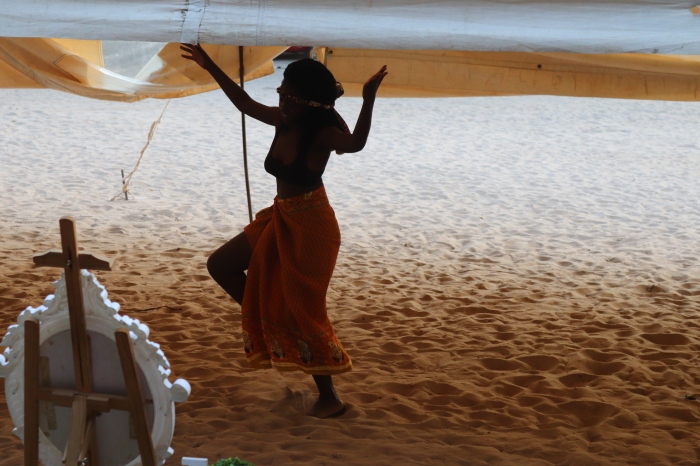
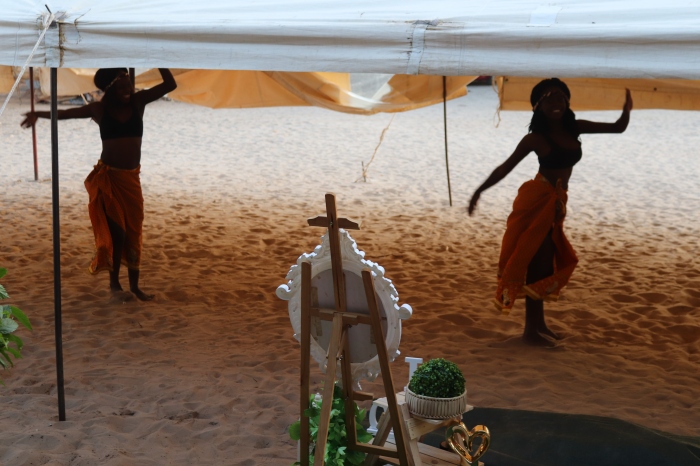
The country is increasingly accessible by air and by road as a result of development in the oil industry and their efforts to encourage tourism. Got to go there, it opens the eyes and it is not expensive! Just the place to read a good book!
http://www.gryphonmanor.com/books

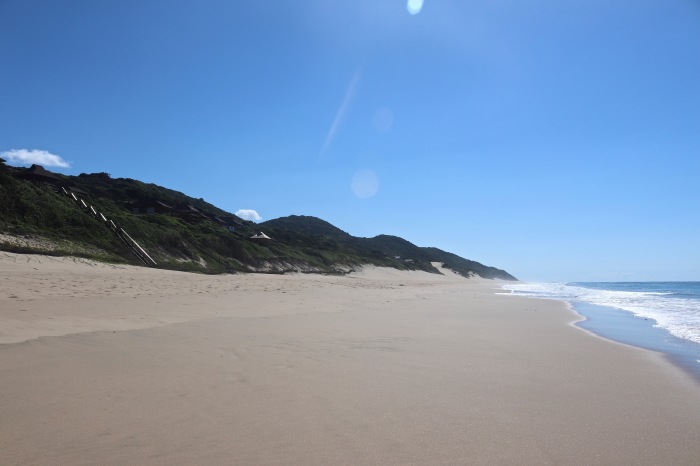
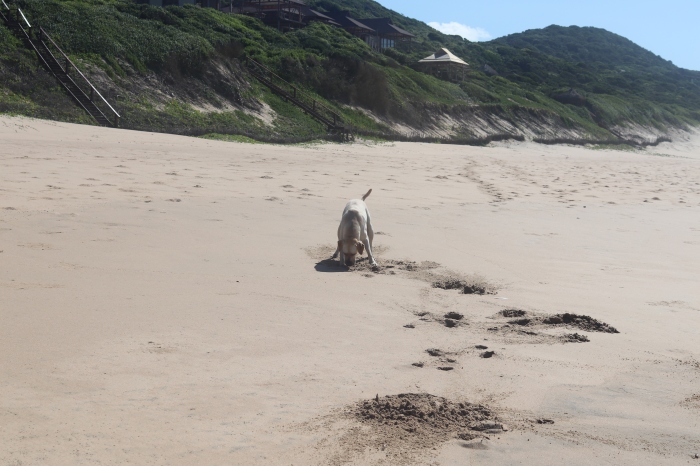
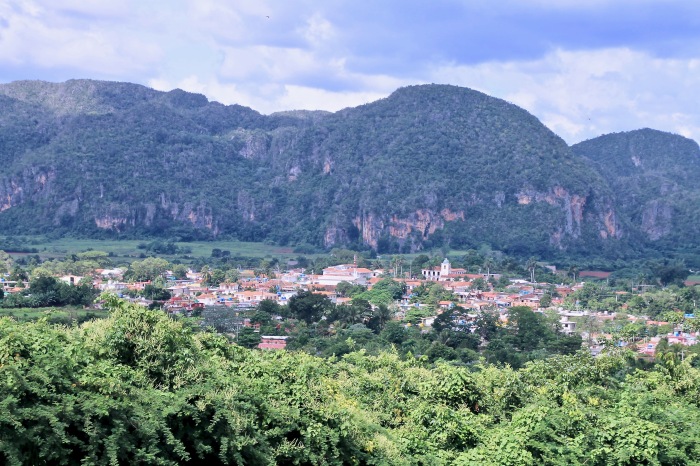

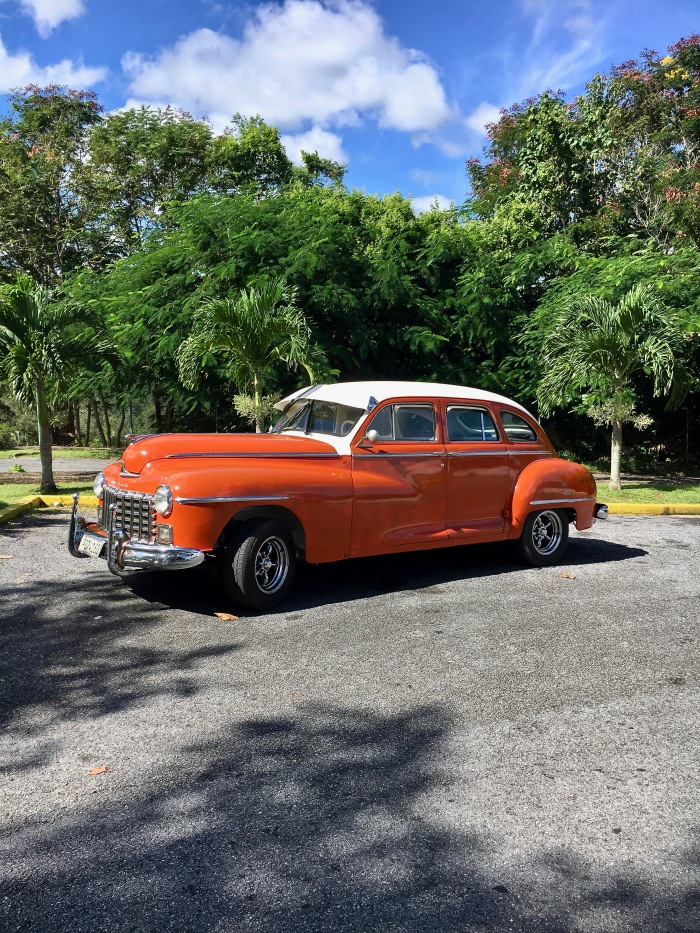
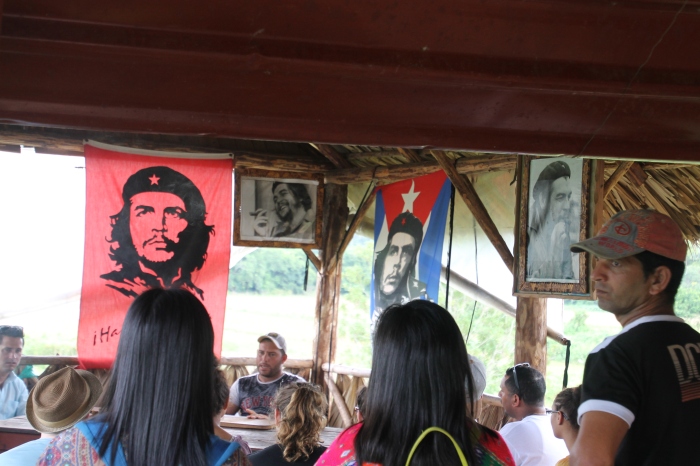



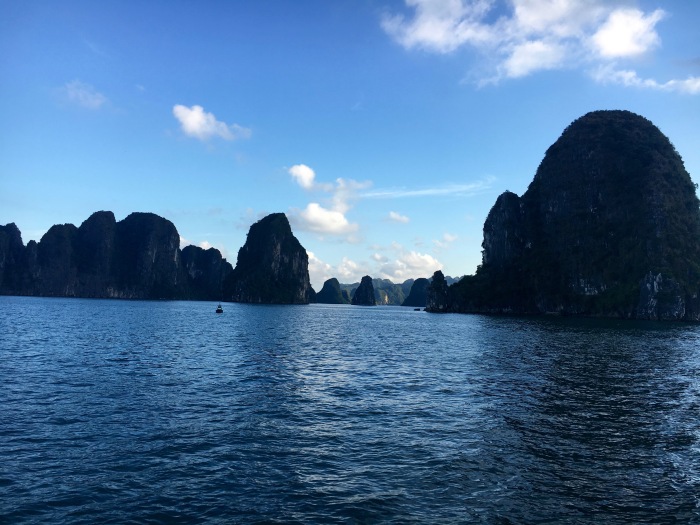


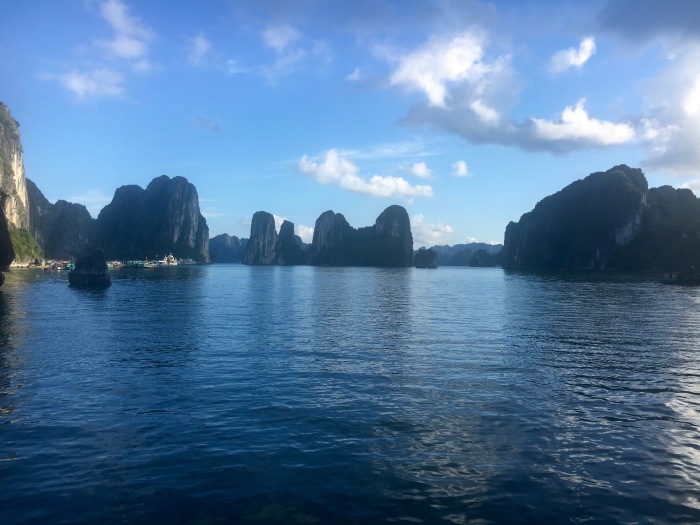
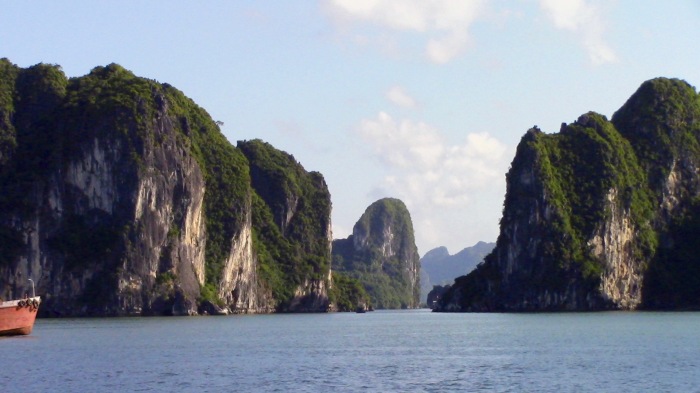
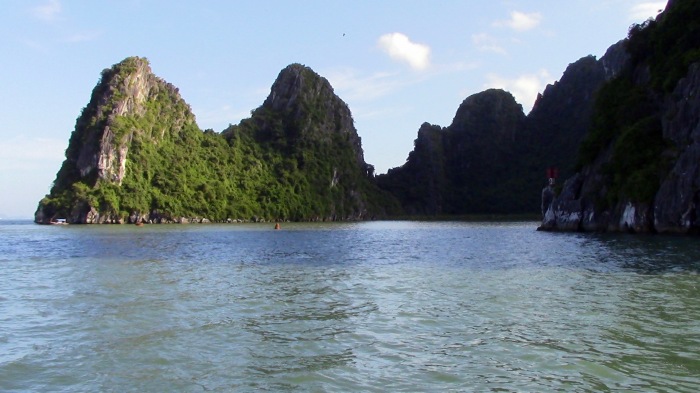
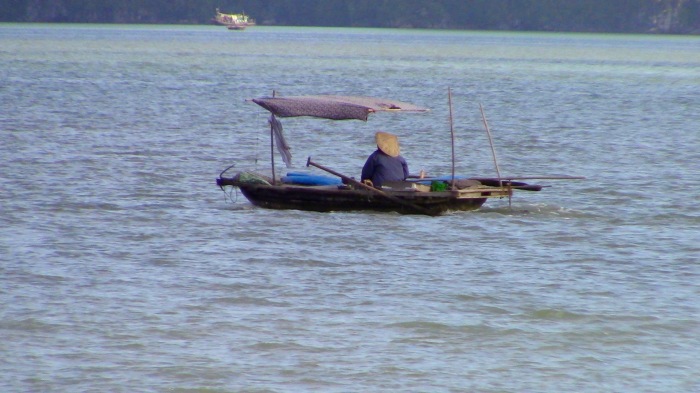
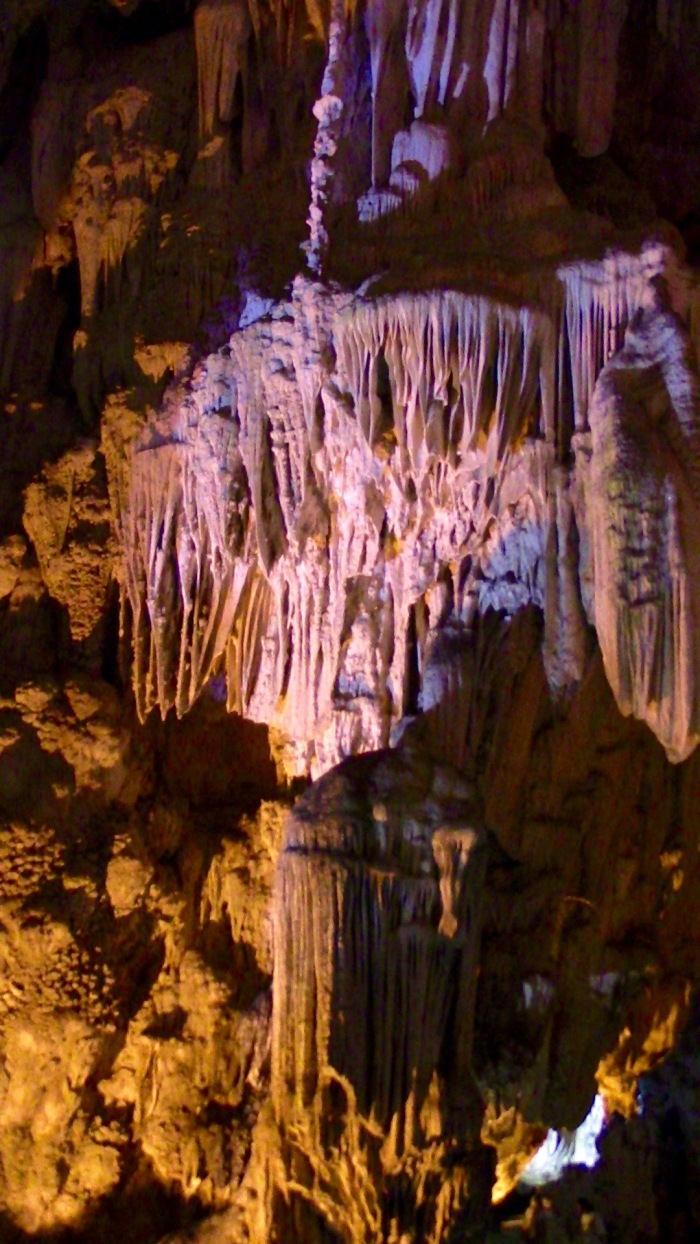
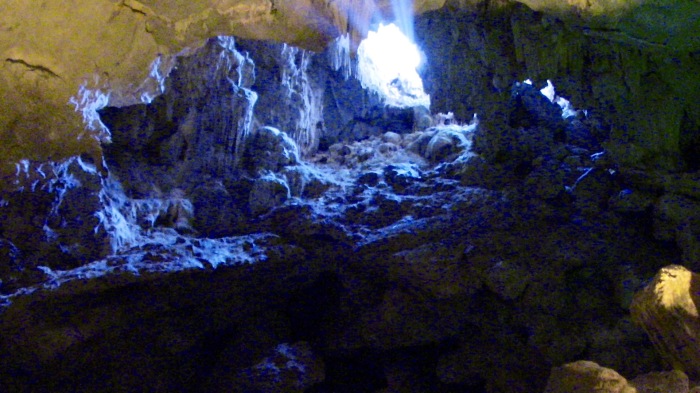
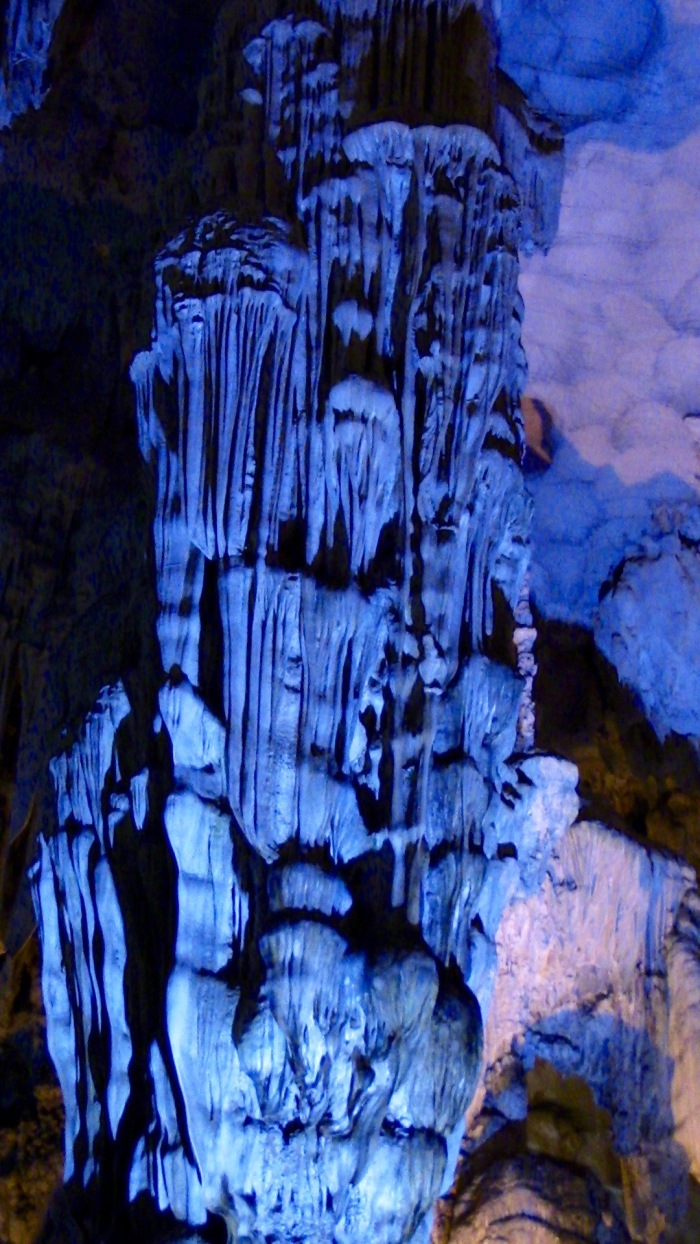
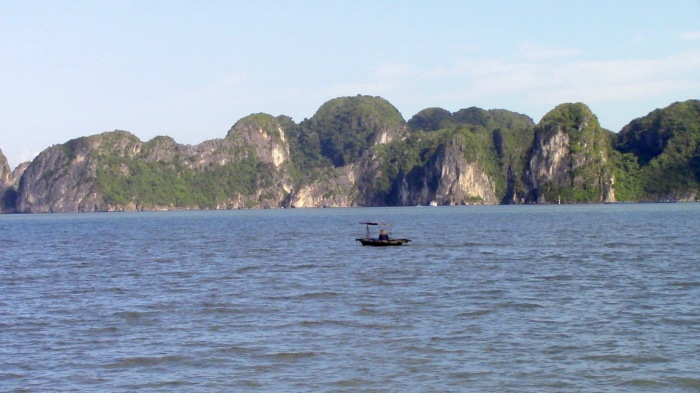

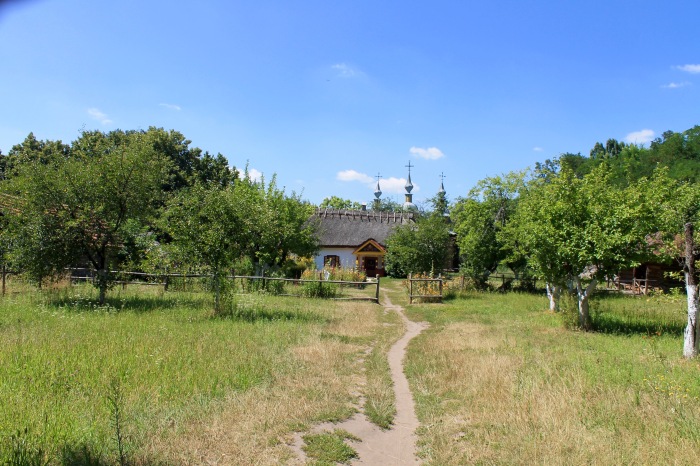
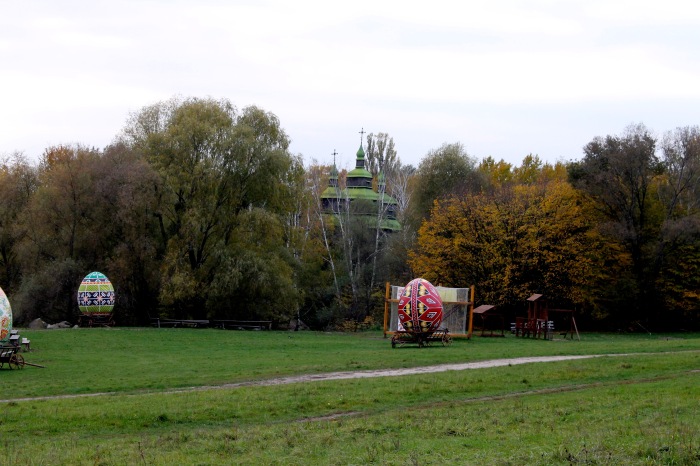
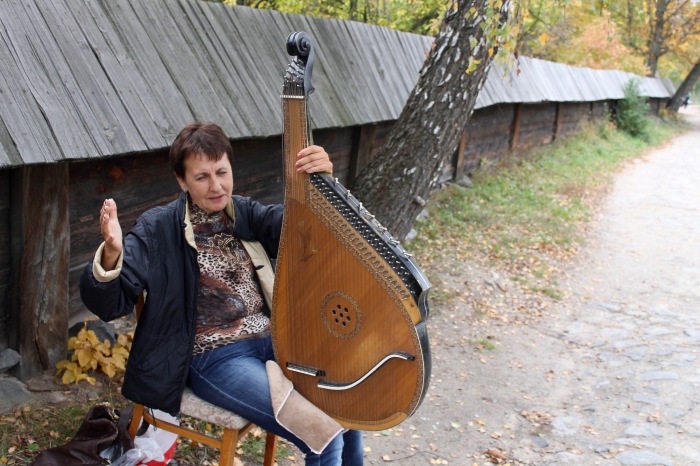
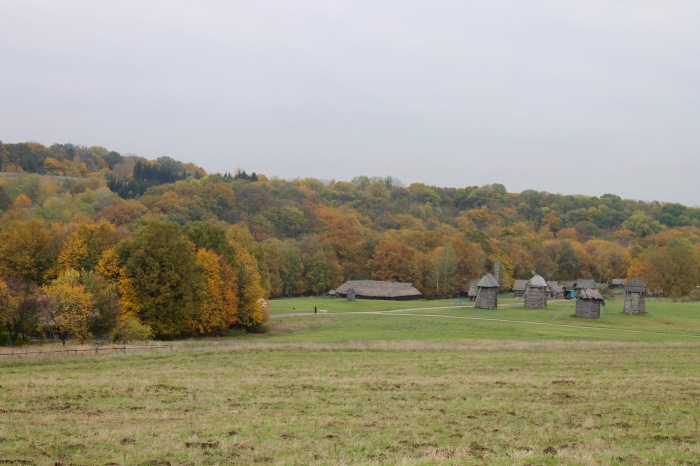

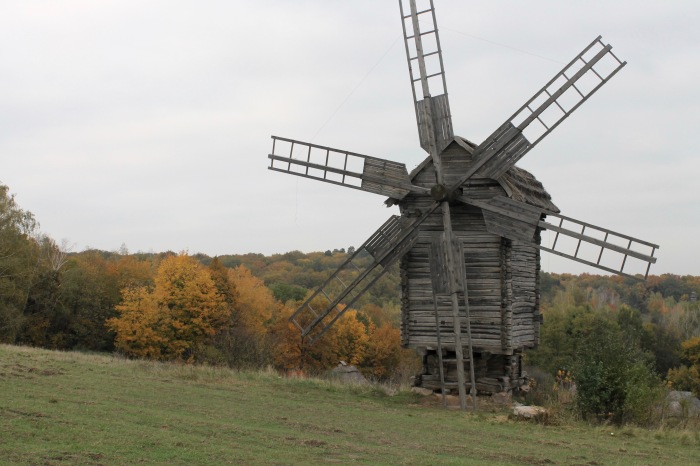
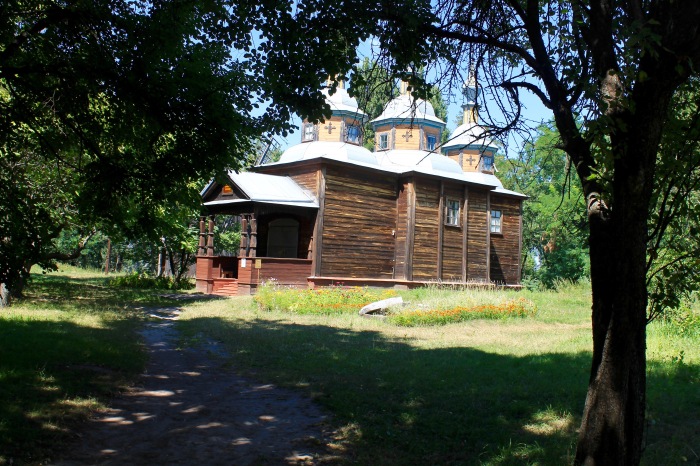

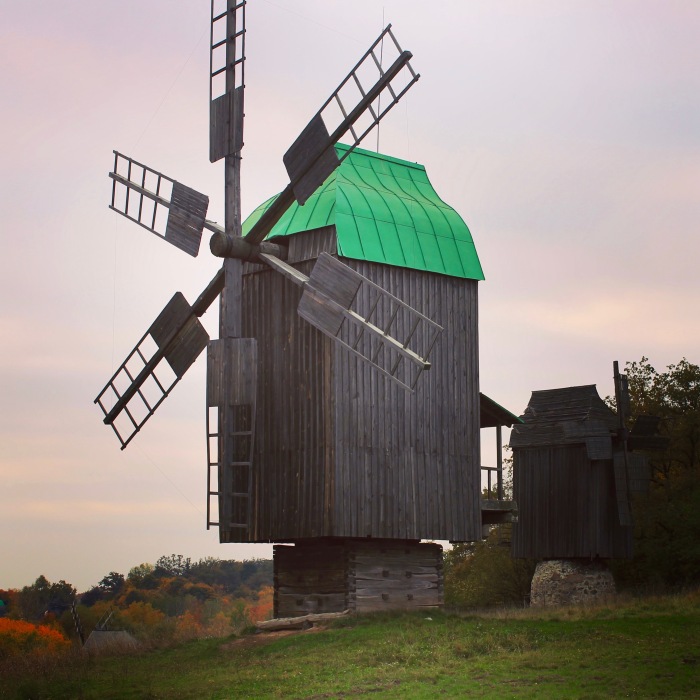
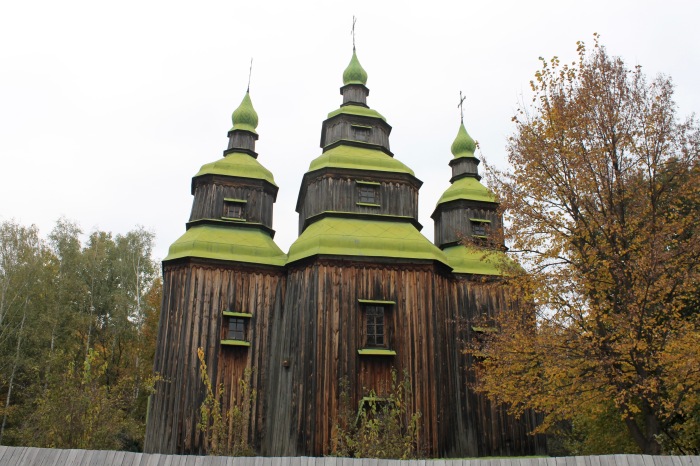
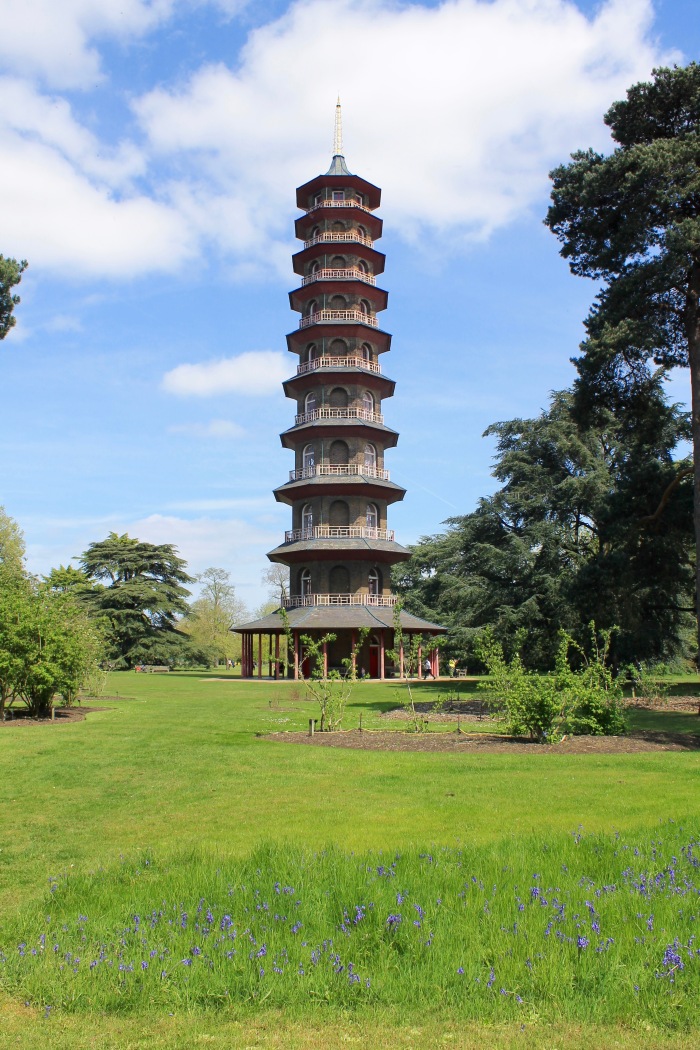

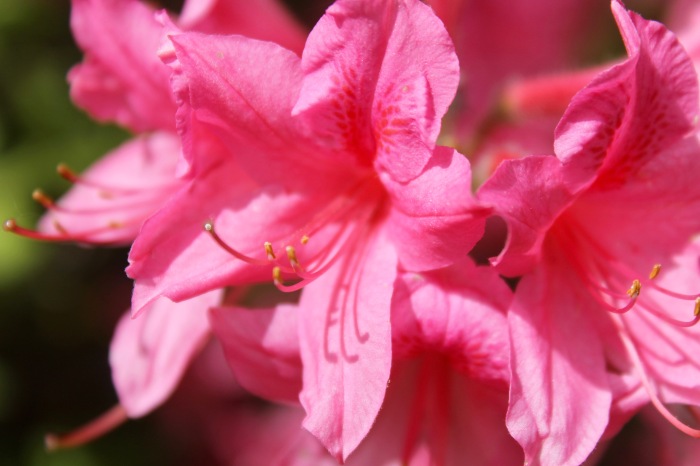


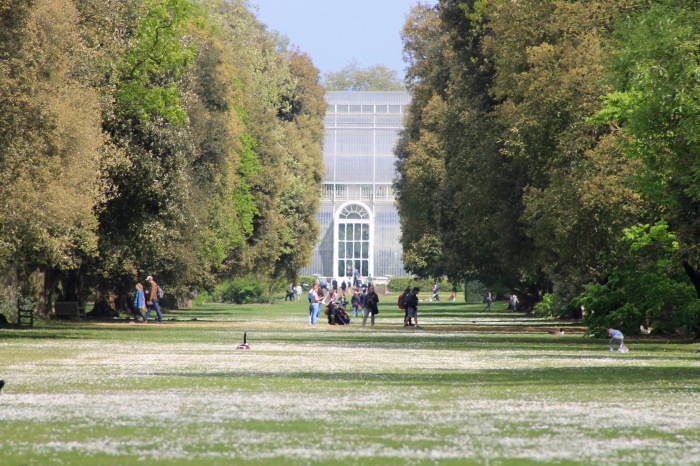
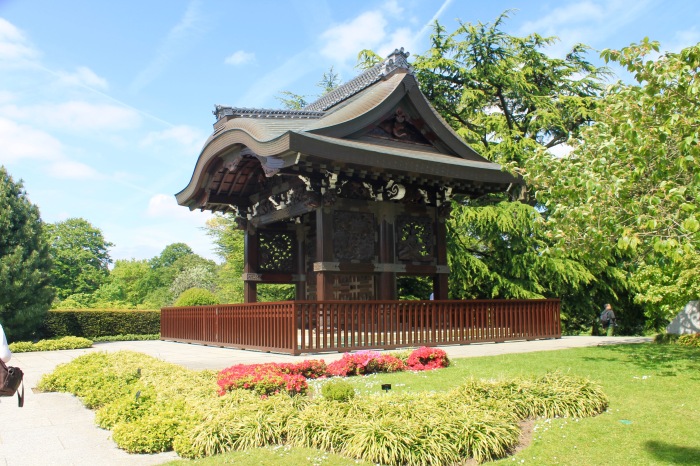
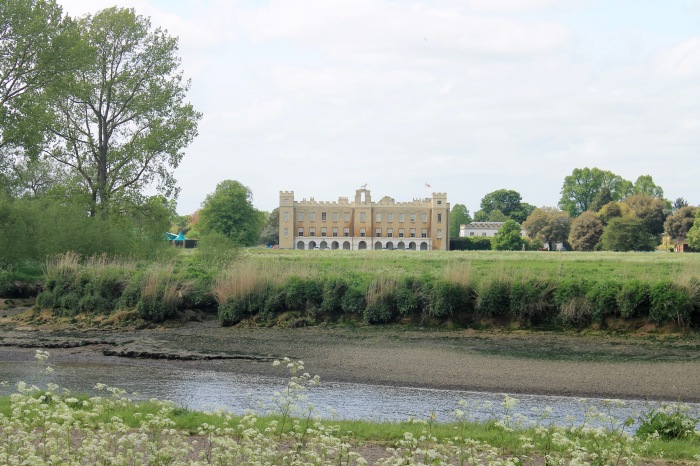
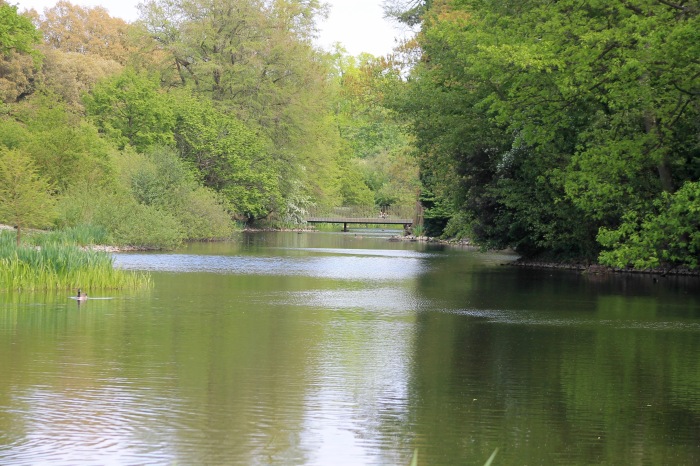
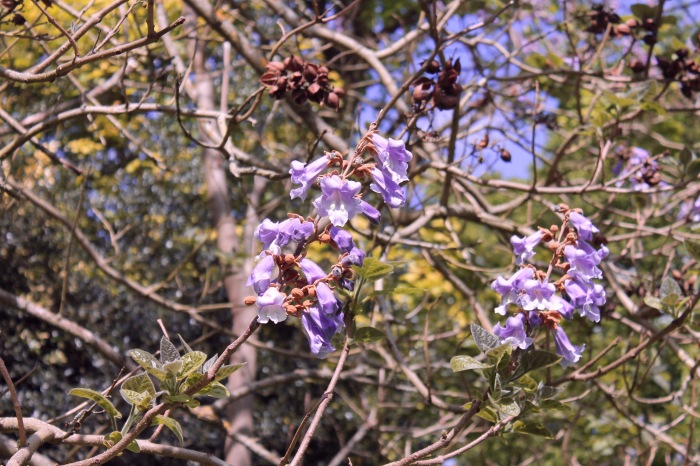


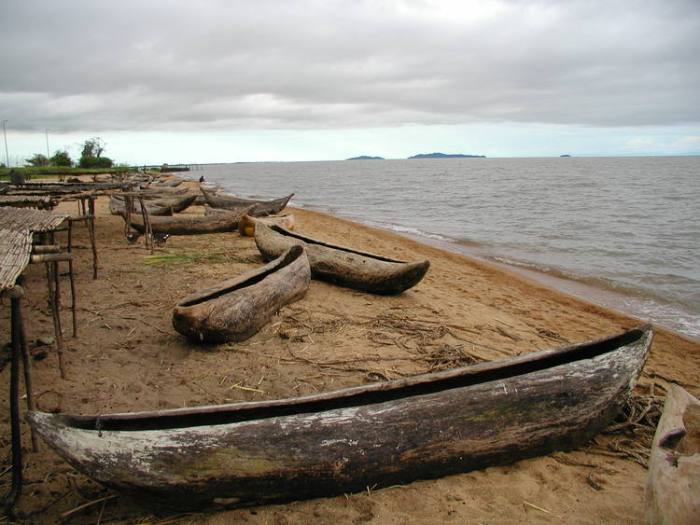
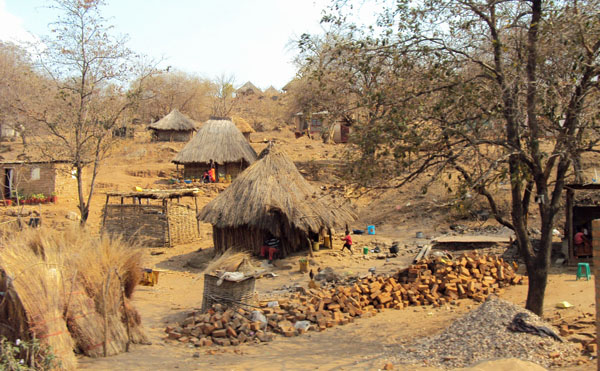
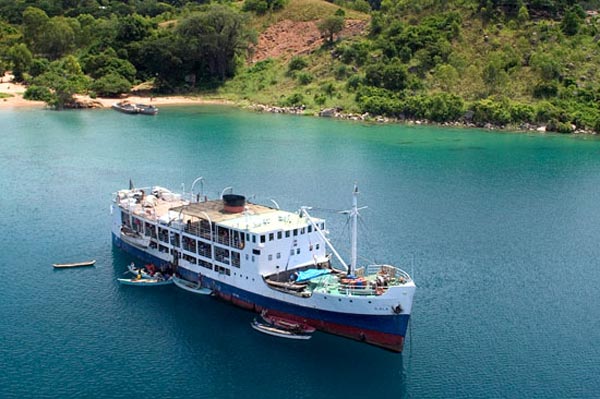
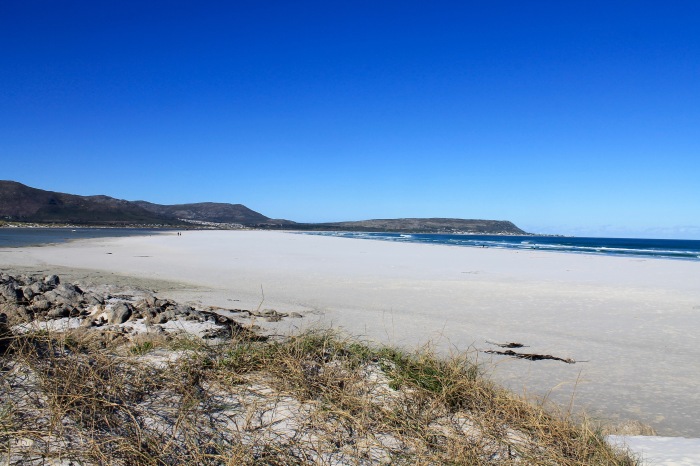
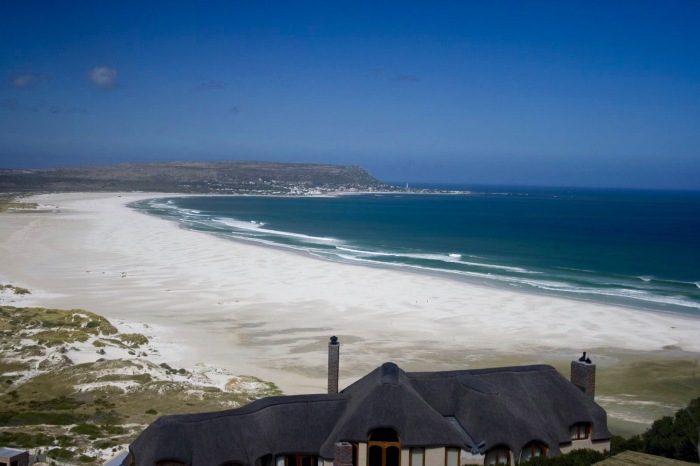 The beach is 8 kms long bounded at one end by the cliffs of Chapman’s Peak and at the other end by the Hamlet of Kommetjie with its famous lighthouse. It faces the Atlantic Ocean, being on the west side of the Peninsular and the back of the beach is made up of protected wetlands so that this is not a beach with bars and clubs and crowds, it is just the beach.
The beach is 8 kms long bounded at one end by the cliffs of Chapman’s Peak and at the other end by the Hamlet of Kommetjie with its famous lighthouse. It faces the Atlantic Ocean, being on the west side of the Peninsular and the back of the beach is made up of protected wetlands so that this is not a beach with bars and clubs and crowds, it is just the beach.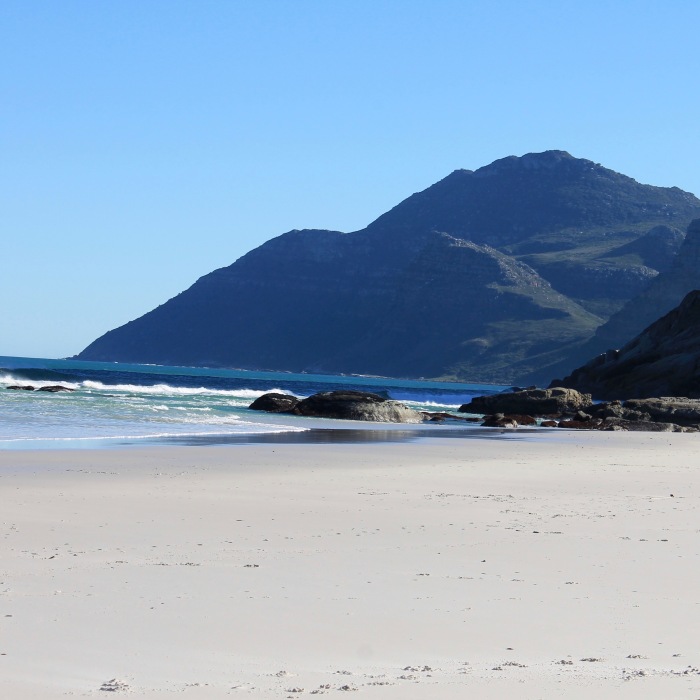 It is a beach for surfers and kite surfers and swimmers, but best of all it’s a beach that is so big, that no matter how many people come you can enjoy the feeling of a beach to yourself. You want to escape the pressures of city life then there is nothing like walking in the early morning sun here, to commune with nature, be on a white sanded blue watered beach surrounded by nothing but nature itself, perfect to take you out of yourself and get some perspective on life.
It is a beach for surfers and kite surfers and swimmers, but best of all it’s a beach that is so big, that no matter how many people come you can enjoy the feeling of a beach to yourself. You want to escape the pressures of city life then there is nothing like walking in the early morning sun here, to commune with nature, be on a white sanded blue watered beach surrounded by nothing but nature itself, perfect to take you out of yourself and get some perspective on life. 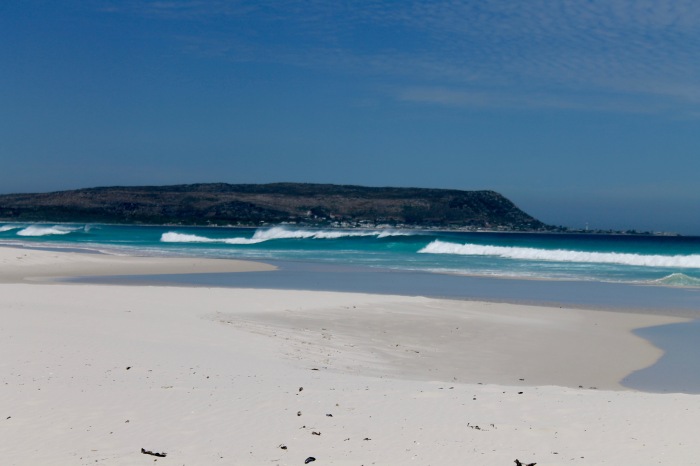 The water is not warm since the beach is brushed by the Benguela current that rises on that side of the peninsula, which includes sub Antarctic water that surfaces there due to prevailing winds, but in summer its warm enough. The beach has its very own shipwreck at one end, a ship than sank when driven aground by storms, a reminder of how this tranquil place can erupt when huge storms come
The water is not warm since the beach is brushed by the Benguela current that rises on that side of the peninsula, which includes sub Antarctic water that surfaces there due to prevailing winds, but in summer its warm enough. The beach has its very own shipwreck at one end, a ship than sank when driven aground by storms, a reminder of how this tranquil place can erupt when huge storms come It’s a perfect place to relax, swim, think, walk, take time, have a picnic, and generally escape. The evenings bring sunsets that on a clear day are intense and can be watched until the last edge of the sun disappears below the horizon. In October the Southern Right whale coms to this part of the world with its young and the sunset can be made even more special by the sight of these beautiful creatures in the water, not far off shore, with their young learning to breach.
It’s a perfect place to relax, swim, think, walk, take time, have a picnic, and generally escape. The evenings bring sunsets that on a clear day are intense and can be watched until the last edge of the sun disappears below the horizon. In October the Southern Right whale coms to this part of the world with its young and the sunset can be made even more special by the sight of these beautiful creatures in the water, not far off shore, with their young learning to breach. 















